Clenched teeth relax into a smile when a sea turtle surfaces alongside our kayak. Five-foot waves looming overhead can intimidate novice kayakers like us, but with help from all members of the ten-day, twenty-person expedition, we make it: 121 kilometres along the roadless Sea of Cortez coastline from Loreto to La Paz, Mexico. (Map) Old missions, a cactus sanctuary, an endearing Malecon, taco stands, and ice cream shops are visited by adding extra days at the beginning and end of the kayak trip.
The brigade
Eleven kayaks (seven doubles, four singles) launch on March 12 from Agua Verde, after a three-hour drive that is the scariest part of the trip. “Yikes – I’m glad Cathy isn’t sitting by the window,” says Doug, who, until now, has always enjoyed a treacherous dirt road.

Our group is comprised of twenty people: fifteen guests (nine from Canada, six from the USA), four guides, and a skipper for our panga, the support boat that looks like a Boston Whaler and carries food, folding chairs and tables, tents, and the very important portable baño (toilet).
We, Doug and Cathy, are the oldest and have by far the least experience in a kayak, but we quickly discover that this is a supportive group – fun-loving, well-travelled, and good group citizens, all. When it’s time to move the fully-loaded kayaks, there are no shirkers. When our lead guide tells us to be on the water by 8:00 a.m., everyone is ready at 7:45. No grumbling, just cheerful chit-chat, in the often-long morning queue for the baño.
Our illustrious guides
Aptly-named Axel is the big wheel, our lead guide from ROW Sea Kayak Adventures. Capsizing, dehydration, stingray and scorpion stings, cactus spine wounds, and rattlesnake bites are some of the dangers here, and Axel manages the risks with professionalism and laid-back leadership.



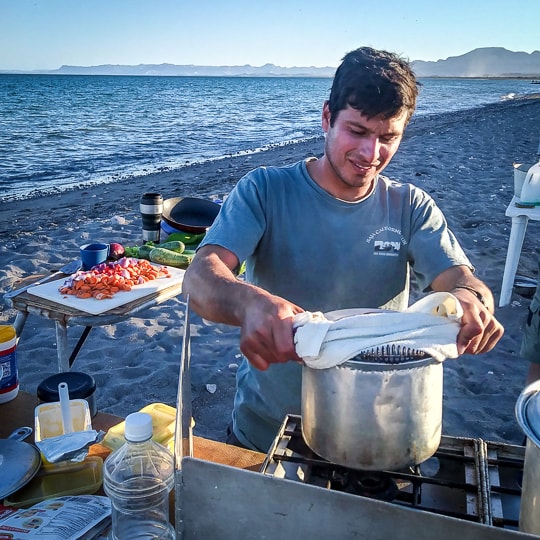
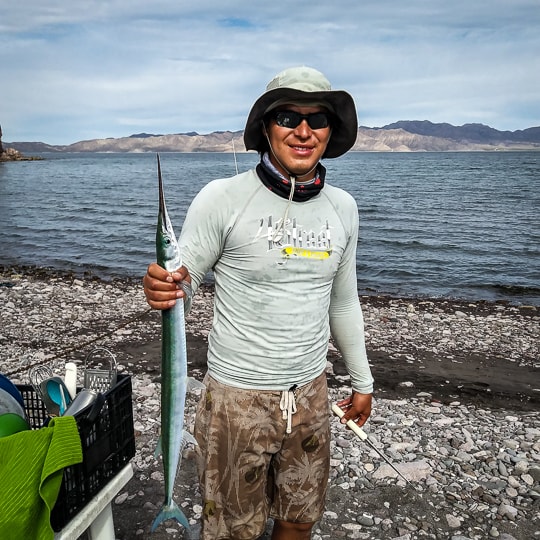
Giovanni, our second-in-charge guide, is a born teacher, and what we remember most are his many acts of kindness and his fast-thinking. Dressed to lead a hike, Giovanni strips to his shorts and swims fast and far to rescue Cathy’s hat, which is floating rapidly out to sea. Daniel, our junior kayak guide, is a happy, enthusiastic young man – the sort of person who says yes to everything. Raphael is a young biologist. His job as assistant panguero allows him plenty of time for fishing, at which he excels. Ramon, our master panga captain and chef, is a colourful character. According to our guides, Ramon tells off-colour jokes non-stop, but because Ramon always speaks Spanish, we can’t confirm that.
A typical day
Each paddling day we cover between 11 and 24 kilometres (7-15 miles), which is three to six hours of moderately-paced paddling. When the wind is up, our eleven kayaks stick close together, so that communication is maintained, and rescues, if necessary, will be easier. At gentler times we split into two groups: those who take the shortest route and those who want a longer paddle. We make camp on beaches along the Sea of Cortes coastline, with the Sierra Giganta mountains as a backdrop.
Three days we remain on land: one day by choice, and two days because a brisk north wind and steep waves make paddling too risky. One windy day we walk eleven kilometres (return) to the fishing village of San Evaristo. The quesadillas and cupcakes are sold out, but the restaurant serves cool drinks and conversation, and Doug admires the generators at the desalination plant.
Besides paddling, what other activities are available? Nature walks, visits to fishing villages, beachcombing, swimming, fishing, snorkelling, night paddles to look for bioluminescence, kayak rolling and rescue practice, history and astronomy talks, riddles and games, and roasting of humungous pink marshmallows are on offer. All of these activities are optional, and there is no pressure to participate. It’s okay – and common – to simply chill and to crawl into your tent at 8:00 pm (Baja midnight).
Highlights
- Pods of playful dolphins, three surfer-dude sea turtles, countless prehistoric-looking frigatebirds.
- Star-gazing in our tent; we wouldn’t dare sleep without a fly on our tent at home.
- Ramon’s fish tacos, triggerfish soup, and chicken mole.
- Going for a swim after five non-stop hours in the kayak; those leg cramps and rear end aches quickly disappear.
- The Steinbeck connection. “Let us go,” we said, “into the Sea of Cortez, realizing that we become forever a part of it…” John Steinbeck’s 1951 book The Log from the Sea of Cortez provides insight on the region.
- Learning from our guides and fellow guests.
- Completing a classic kayak journey, together.
Low points
None whatsoever, for us. A warning, though: for ten days your clothes and hair will be starched board-stiff with salt. You must wade waist-deep into the sea to pee in your pants (no peeing above the tide line). If you can handle these minor discomforts, this trip is for you!
Lovely Loreto
The bell-ringer is preparing to call worshippers to Sunday service as we arrive at San Javier Mission, an hour’s drive southwest of Loreto. It’s only the second time our guide Julio has witnessed the bell-ringing in his six years of guiding this popular day-tour, so we all feel lucky. The stone church that remains today was built between 1744 to 1758 and is one of the most well-preserved and handsome missions on the Baja California peninsula.
On the scenic drive to the small town (population 150) where the mission resides, we learn that Julio is a Toronto Blue Jays fan. He is afraid of poisonous spiders; rattlesnakes, not so much, although he does worry that one of his tour customers will be bitten. Always alert for spiders, Julio leads us on walks around the old gardens of the mission, through a village ranch, and up an arroyo. We stop to study lounging iguanas, three large gnarled olive trees that are over 300 years old, and a wild fig tree. How do these trees survive? There is actually water in this desert, and we see it: in springs, oases, and water diversion projects.
The charming town of Loreto has a mission, too, and this one is the “head and mother of the Missions of Lower and Upper California,” according to a sign over the doorway. Our hotel, La Mision, is a luxurious surprise; we have our own pool-side patio.
The peaceful city and environs
John Steinbeck predicted that a tourist mega-boom would come to La Paz, but the action happened in Cabo San Lucas. La Paz (the Peace; residents are Pacenos, the peaceful ones) remains a pleasant blend of prosperity and laid-back old-world charm. The Malecon, a 5.5-km (three-mile) waterfront promenade, is the focal point of La Paz life, and we have five evenings to observe it – on foot, on rented bicycles, and by simply sitting on a bench to watch people and the sunset.
Benjamin is an Uber driver unless he isn’t. He speaks no English, and our Spanish is minimal. Our teenage tour guide Abraham is learning English, but he still has a ways to go. With his translation app and our Lonely Planet phrasebook, we muddle through two day-tours arranged by our La Paz hotel: Todos Santos Tour and Mining Towns Tour.
Abraham likes Carlos Santana, the Twelve Apostles, Maui Jim sunglasses, fishing with his family, and taking photos of us posing in front of various monuments. He wants to become a neurologist, a guitar player, or a communications specialist. Because of the language barrier, we do not learn much about Benjamin, although we do observe that he likes coffee and empanadas.
Todos Santos has colourful colonial buildings, Hotel California, and palm-lined streets filled with art galleries. Our favourite works of art: cups of mango slices (with lime, chili, or coconut) at the fruit stand in front the mission and chiles rellenos, the house specialty at Miguel’s Restaurant.
Five years ago Los Cerritos was a tranquil beach where local families came to camp, and there was only one structure – a boat ramp for panga fishermen. Today it’s a beachfront development for gringos, who come to party and to learn how to surf. Locals can’t camp here anymore, but some have jobs cleaning hotel rooms, serving drinks, providing beachfront massages, or giving surf lessons.
El Triunfo is a ghost town that is coming back to life, thanks to day-trippers who come to walk through the town’s mining ruins. Gold and silver were mined here in the 1800s, and the largest smokestack, still standing, is said to have been designed by Gustave Eiffel. Just outside El Triunfo is the Cactus Sanctuary. Signage is minimal, but botany buffs will enjoy wandering the paths that display 25 of the 167 types of cactus found in Baja California. The village of San Bartolo is an oasis fed by natural springs and has shops selling homemade candy.
Trip goals
Escaping Victoria’s cold, wet winter was a goal for this trip, and we certainly succeeded. We enjoyed eighteen consecutive days of sun, sand, and salt. Our kayaking skills improved slightly, thanks to tips from fellow guest Cindy. Federales with machine guns are present on the streets, but otherwise, Baja California Sur is a gentle and friendly place. We paddled only ten percent of the 1220-kilometre coastline, so further adventures await. Hasta luego!
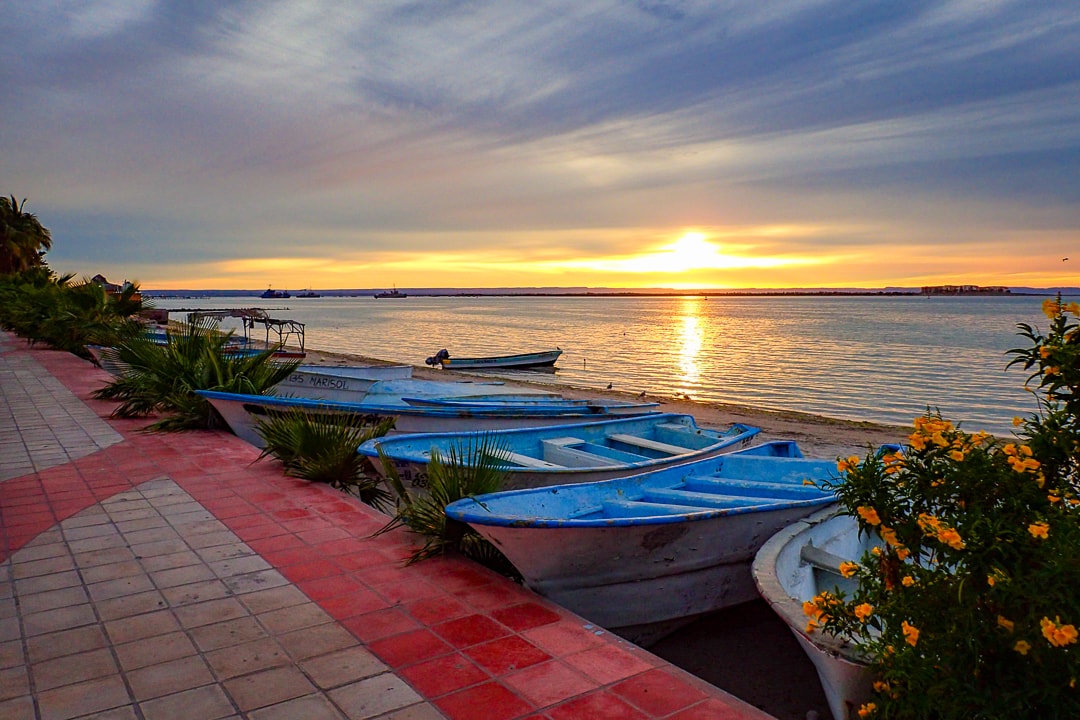


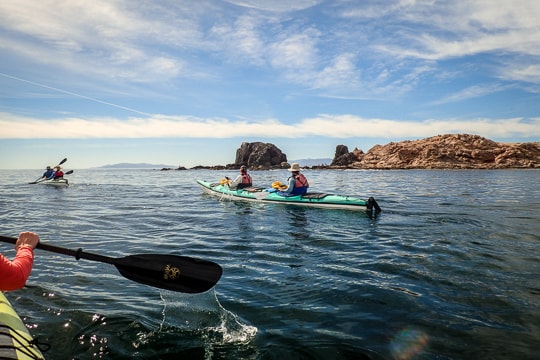
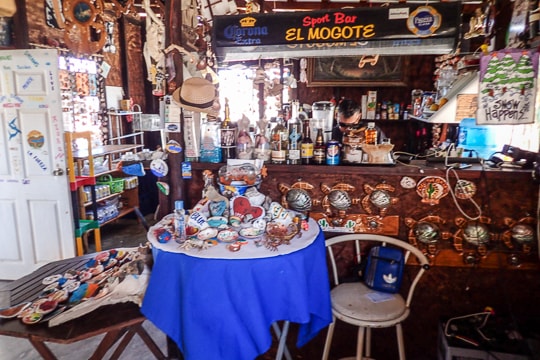

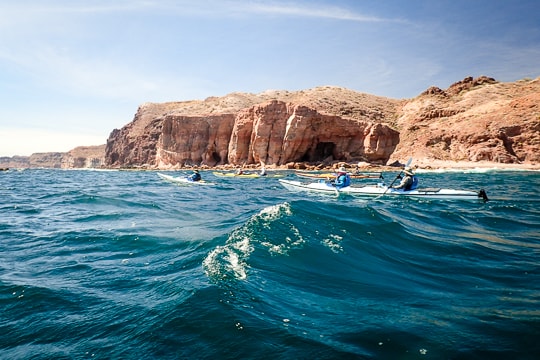
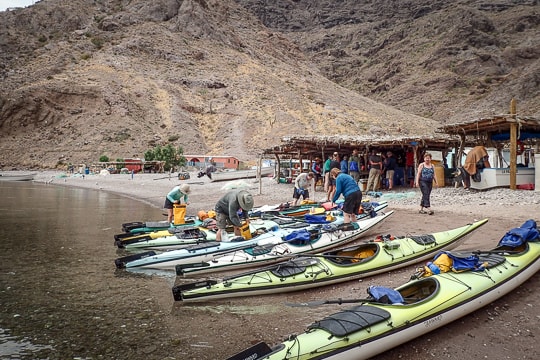
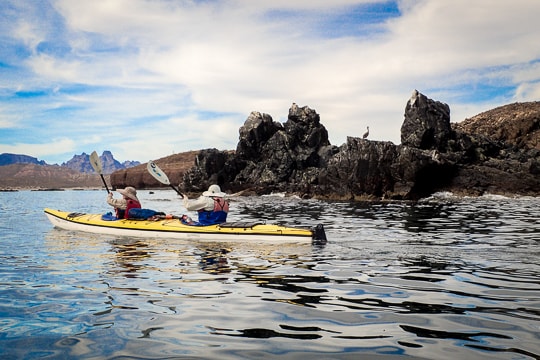
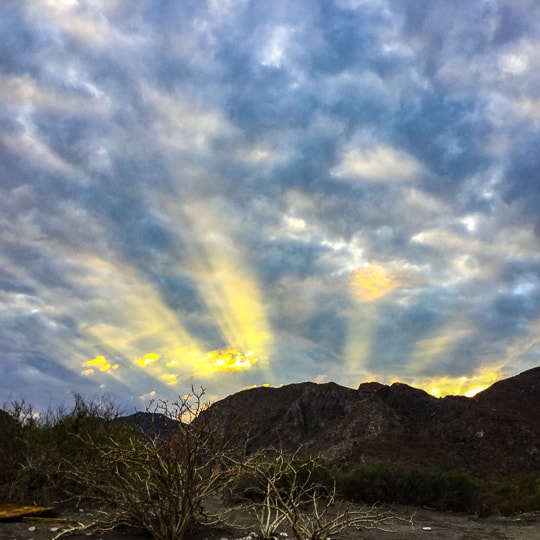


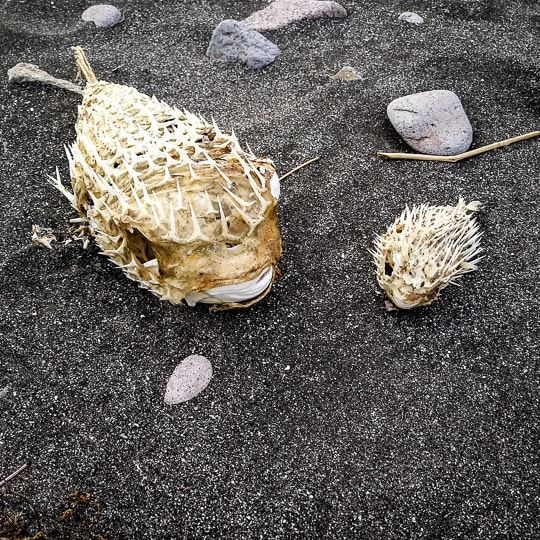
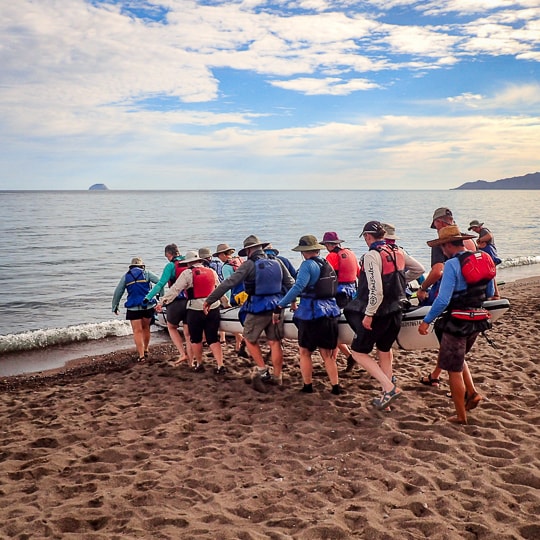



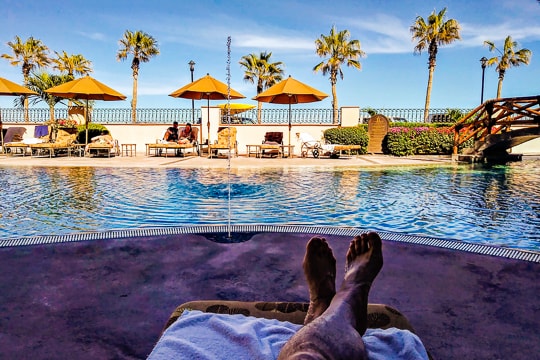
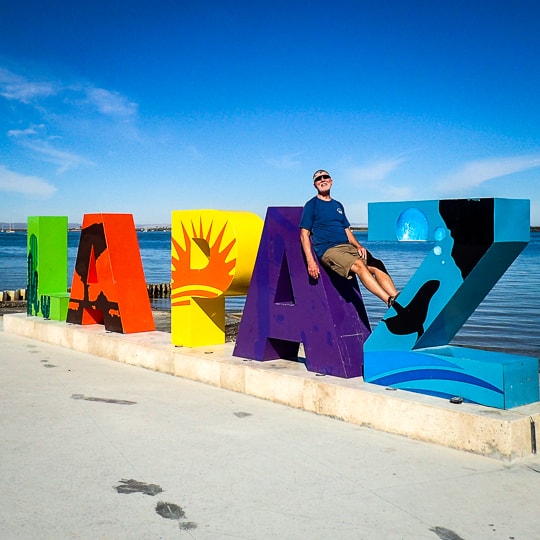
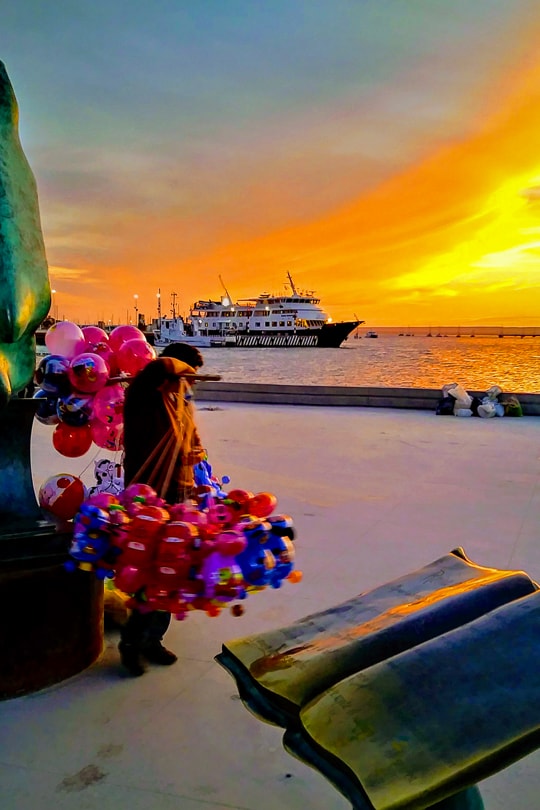
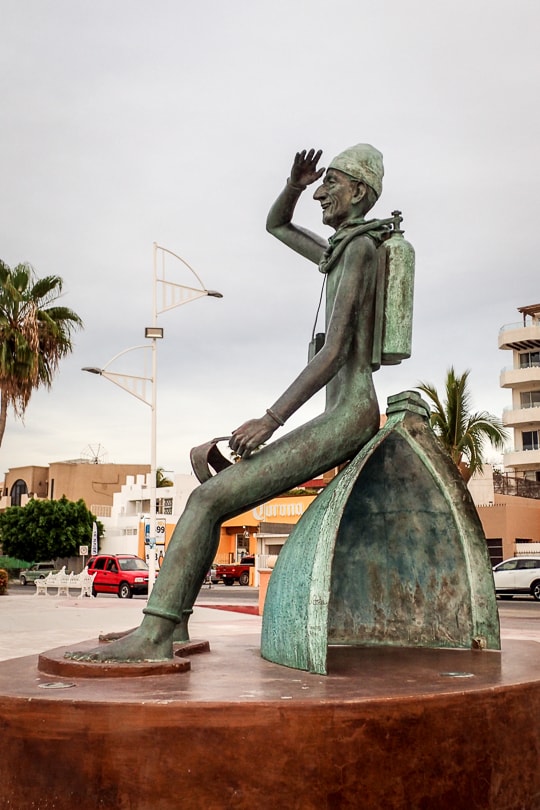

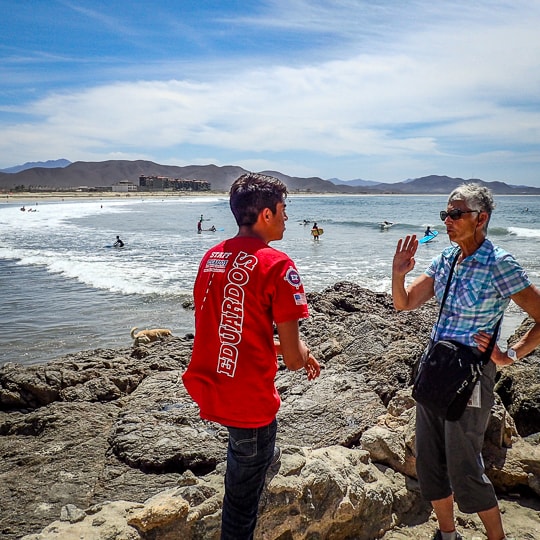
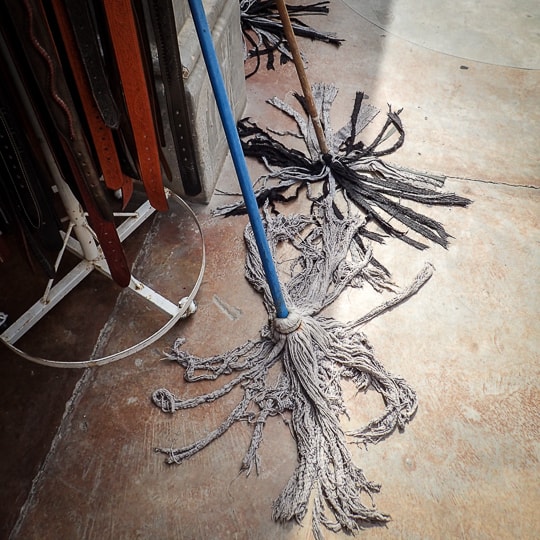





you guys are amazing. Looks like a totally amazing trip.
LikeLike
Thanks, Margaret. It was great to be warm after the chilly winter in Victoria.
LikeLike
Hi Doug and Cathy,
Your adventures are inspiring. The photos are especially good on this trip. Next you will have to get an drone camera. I used one last weekend that my son has bought. It brings a totally new aspect to taking pictures of adventures.
See you back hiking soon Doug. Shaun
LikeLike
Thanks for the suggestion, Shaun, but I think I’ve been cut off. I tried piloting my grandson’s drone in California but promptly crashed it into the swimming pool. Had to buy him a replacement.
LikeLike
Fabulous!! I feel warmed up and inspired to adventure just reading your story and looking at your wonderful pics. Thanks!
LikeLike
It was great getting warmed up after wet and windy Victoria.
LikeLike
Kathy and Doug so wonderful to have shared this adventure with you both. You two are inspiring.
LikeLike
Glad you found our blog, Helena. We’re already missing the heat and comradery we shared.
LikeLike
We love to hear and see your travel adventures — and are in awe of your stamina. Look forward to seeing you soon.
Dorothy & Paul
LikeLike
Great blog, thank you! My husband and I are Loreto bound Tuesday from ever frigid Ottawa. We’ll have three days there before heading out on our Loreto to La Paz paddling trip. Ours will be an unsupported 180 km/10 day journey…carrying our own gear…so gulp, I’m a bit nervous. Great info in here for us…thanks for sharing!
LikeLike
Thanks, Cat. You should be OK in April. The winds won’t be as strong but it may be hotter. Bring good sun protection.
LikeLike